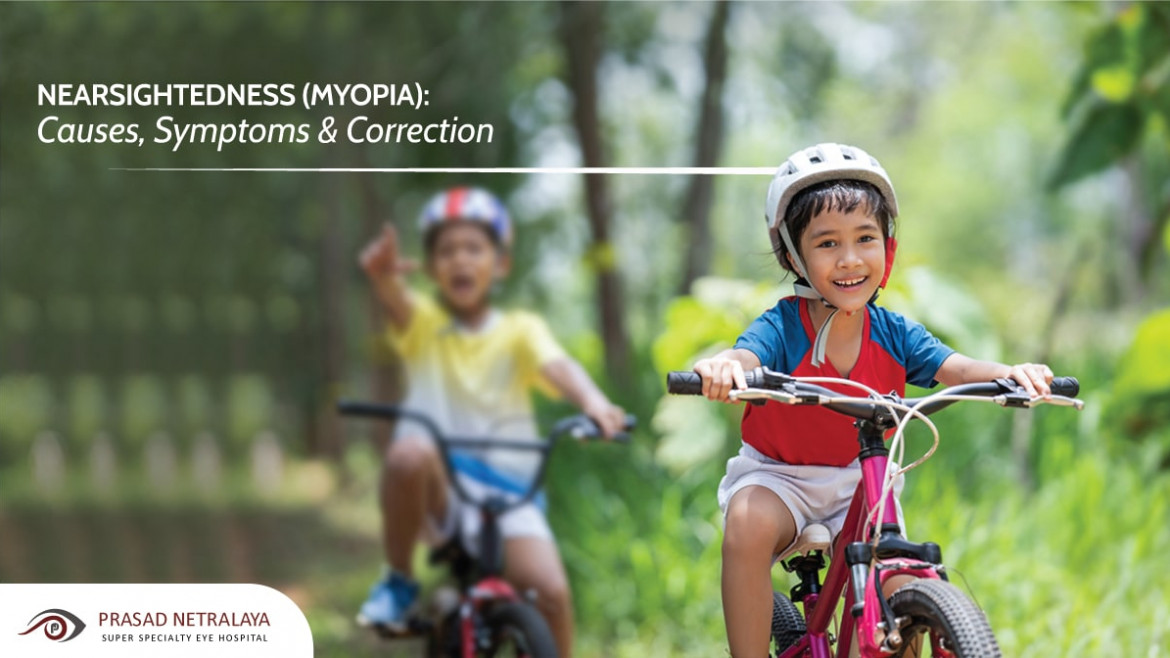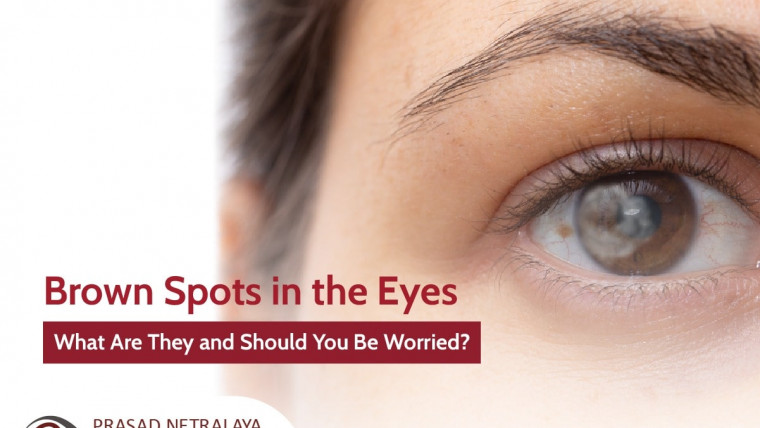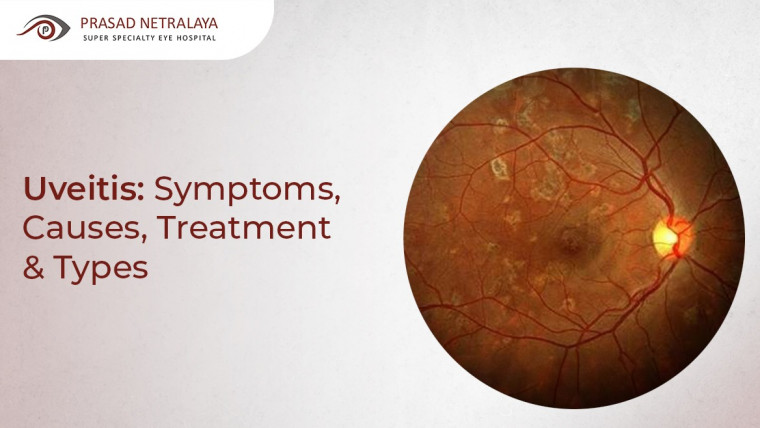If you’ve ever heard about and wondered what myopia means or what is myopia — it is nearsightedness, otherwise known as or short-sightedness. It is a common problem with the eyes, when you can see nearby objects clearly, but far away objects appear blurry. This is when you are nearsighted or myopic.
Table of Contents
Symptoms of Myopia
If you have nearsightedness, you may have:
- Trouble focusing on distant objects
- Blurry vision
- Myopic children may have trouble reading the blackboard at school
- Eyestrain
- Eye fatigue
- Squinting
- Frequent Headaches
Don’t confuse this vision condition with farsightedness — also known as hyperopia, where one sees distant objects clearly but objects closeby appear blurry.
When the nearsightedness is mild, it is referred to as low myopia. And when it is severe, it is called high myopia. High myopia is often known to stabilize after the age of 20, with proper corrective measures.
Causes of Myopia
A nearsighted eyeball is usually a little too long, and the cornea of the eye is too steep. As the eyeball is longer, the shape causes the light rays entering the eye to bend (refract) incorrectly. These rays focus before the retina instead of focusing on it, so the image formed goes to the front of your retina and that makes things look blurry to you from afar. Nearsightedness is a refractive error caused because the eye does not bend/refract light properly and the light does not focus correctly.
Most commonly, myopia is inherited — so if a parent has it, their child may get it too. It is often discovered when children are between the ages of 8 and 12 years old. Diagnosing it takes a basic eye exam, and the child may be already experiencing its symptoms by then.
It is important to note that people with high myopia have a higher risk of developing a detached retina — what is commonly called retinal detachment. They may also have a higher risk of developing vision conditions like cataracts and glaucoma.
How can Myopia be corrected?
Eyeglasses, contact lenses or refractive surgery can be used to correct nearsightedness. When it comes to eyeglasses or contact lenses, you may have to wear them all the time or only when you need clear distance vision, like when looking at the blackboard in a classroom, watching a movie in a theatre, or driving your car. If you are myopic or nearsighted, the first number (“sphere”) on your eyeglasses or contact lens prescription will have a minus sign (–). before it. The more nearsighted you are, the higher that number will be.
Myopia upto a power of -24.0 can be corrected. For correcting your myopia with refractive surgery, one of the most common procedures is LASIK.
What is LASIK?
Laser-Assisted in Situ Keratomileusis — commonly referred to as LASIK, is one of the most performed laser eye surgeries. LASIK surgery is used to improve and restore eyesight and treat several eye conditions such as myopia, hyperopia, and astigmatism. The procedure reshapes the cornea so that the light entering the eyes can be properly focused on the retinas, enabling clear vision.
The surgery is quick — the entire procedure will take about 5 – 10 mins. It is also pain-free and improves your vision without the need for eyeglasses or contact lenses! It takes about 15 days after the surgery for your eyes to fully heal and for your vision to stabilize.
If you are experiencing any symptoms of nearsightedness/myopia, get your eyes checked at Prasad Netralaya — Mangalore and Udupi‘s leading eye hospital. Our experienced ophthalmologists will help you in myopia correction, and we also have state-of-the-art technology to perform LASIK surgery. Call us at +91 9513596565 or book an appointment if you wish to visit in person.



